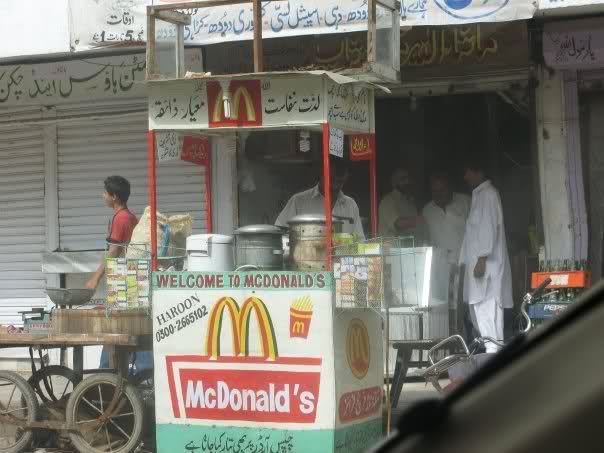One cannot escape – Food marketing
•Marketing of energy-dense confectionery, fast food and other unhealthy food choices is a major feature of the urban landscape
•Proliferation of billboards, illuminated signs, corporate livery on transport vehicles, retail signage, transit stop signage, on-board advertising on public transport, vending machines
•Consistent provision of marketing messages, numerous times a day in urban areas
•Grown in number and size – signs designed for 60km/h streets (previously smaller human scales)
Fast food advertising
“In light of the comparative dearth of literature, particularly in an Australian context, on the impact of advertising signage on healthy food choices, this is an area that is under researched.”
(University of NSW, 2011)
Food advertising initiatives
•Food signage and outdoor advertising
•Options – reduce branding
▫Cannot moderate the content of advertising signage in Australia – unless via law
▫Modify the location, size and illumination of signage to fit aesthetics of community
Obesity more likely the closer Fast food outlets are available especially in low Socio-economic societies.
- Schools of lowest SES has 10x more fast food outlets within 750 metres of school than highest SES in US (Kestens & Daniel, 2010)
- Proportion of commercial land and density of fast food outlets within 800 metres of school were positively associated with low SES and childhood obesity in NZ (Simon et al., 2008)
- Students in US with fast food outlets within 800 metres of school consumed fewer servings of fruit and vegetables, drank more soft drinks and were more overweight or obese
Food most heavily advertised are the most over-consumed (French et al., 2001)
•Children are particularly vulnerable (Mehta et al., 2010)
•Students in low SES areas are more exposed to fast food advertising in US (Hillier et al., 2009)
•Fast food advertising clustered around schools in US (Austin et al., 2005)
•Number of fast food outlets passed by students going to school in NZ is associated with school nutrition efforts

